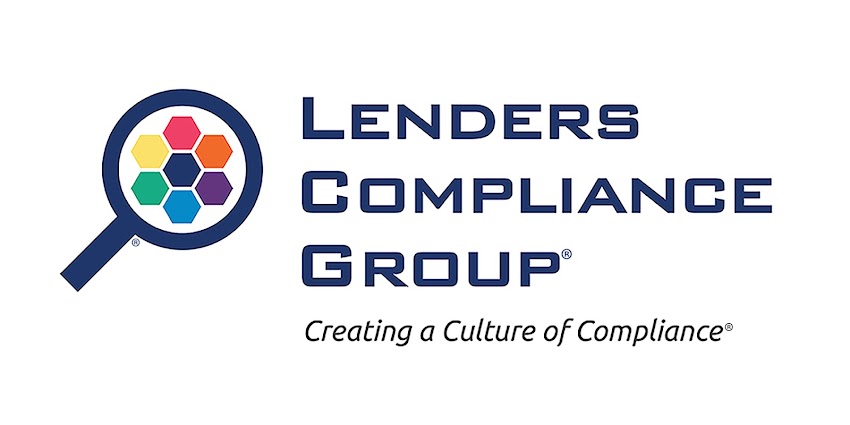QUESTION
We have a problem with categorizing temporary financing loans in our HMDA-LAR.
Our main concern is finding out about temporary financing in general as well as a "splash and dash" loans in particular.
We know there are exemptions, but temporary loans seem always to cause us to worry about whether we should report them to the HMDA-LAR.
What are the situations that do not apply to HMDA?
How should we view temporary financing for purposes of filing HMDA data?
And, are splash and dash loans reportable?
Our main concern is finding out about temporary financing in general as well as a "splash and dash" loans in particular.
We know there are exemptions, but temporary loans seem always to cause us to worry about whether we should report them to the HMDA-LAR.
What are the situations that do not apply to HMDA?
How should we view temporary financing for purposes of filing HMDA data?
And, are splash and dash loans reportable?
ANSWER
Certain situations are not HMDA-reportable,
for instance:
- Loans or applications for loans that the lender originated or purchased in a fiduciary capacity (such as trustee);
- Loans or loan applications on unimproved land;
- Loans or loan applications for temporary financing (i.e., such as for bridge loans or construction loans);
- The purchase of an interest in a pool of loans (i.e., mortgage participation certificates);
- The purchase of mortgage loan servicing rights; and
- Loans originated prior to the current reporting year and acquired as part of a merger or acquisition or acquisition of all the assets and liabilities of a branch office.
For a loan to be exempt from HMDA reporting, lenders must also
consider the purpose of the loan with regards to determining an exclusion for
temporary financing.
Regulation C provides examples of temporary financing, such as bridge loans and construction loans, so you might infer that the exclusion of temporary financing only applies to loans that are not intended to be permanent. But bridge loans and construction loans are considered temporary based on the fact that their purpose is to provide short-term financing for the borrower until the borrower makes other financial arrangements. Considering that both the temporary financing and the permanent financing are for the same property and the same borrower, the reporting of both loans would result in double counting of loan data.
Regulation C provides examples of temporary financing, such as bridge loans and construction loans, so you might infer that the exclusion of temporary financing only applies to loans that are not intended to be permanent. But bridge loans and construction loans are considered temporary based on the fact that their purpose is to provide short-term financing for the borrower until the borrower makes other financial arrangements. Considering that both the temporary financing and the permanent financing are for the same property and the same borrower, the reporting of both loans would result in double counting of loan data.
Although the term of a splash and dash loan is generally less than one year, this loan is the only financing the borrower intends to obtain for the subject property. So, the reporting of such loans would not result in double counting of loan data.
Consequently, this type of loan would not qualify as temporary financing under Regulation C and must be reported on the HMDA-LAR.
Jonathan Foxx, Ph.D., MBA
Chairman & Managing Director
Lenders Compliance Group
